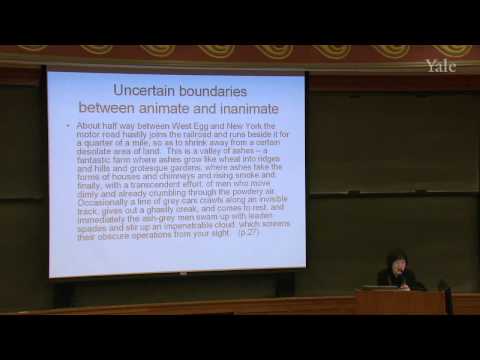Description:
Explore F. Scott Fitzgerald's experimental counter-realism in this 49-minute lecture from Yale University's "Hemingway, Fitzgerald, Faulkner" course. Delve into Professor Wai Chee Dimock's analysis of Fitzgerald's unique approach to animating inanimate objects, giving human qualities to lawns, ashes, juicers, telephones, and automobiles. Examine the concept of "vagueness" as described by Fitzgerald's editor Maxwell Perkins, and investigate how this technique contributes to the novel's experimental nature. Consider the interplay between humans and machines, particularly focusing on the roles of telephones and automobiles in the narrative. Conclude with a brief exploration of racial themes in The Great Gatsby, encouraging a closer examination of instances of racial differentiation throughout the text.

The Great Gatsby - Experimental Counter-Realism and Animated Objects
Add to list